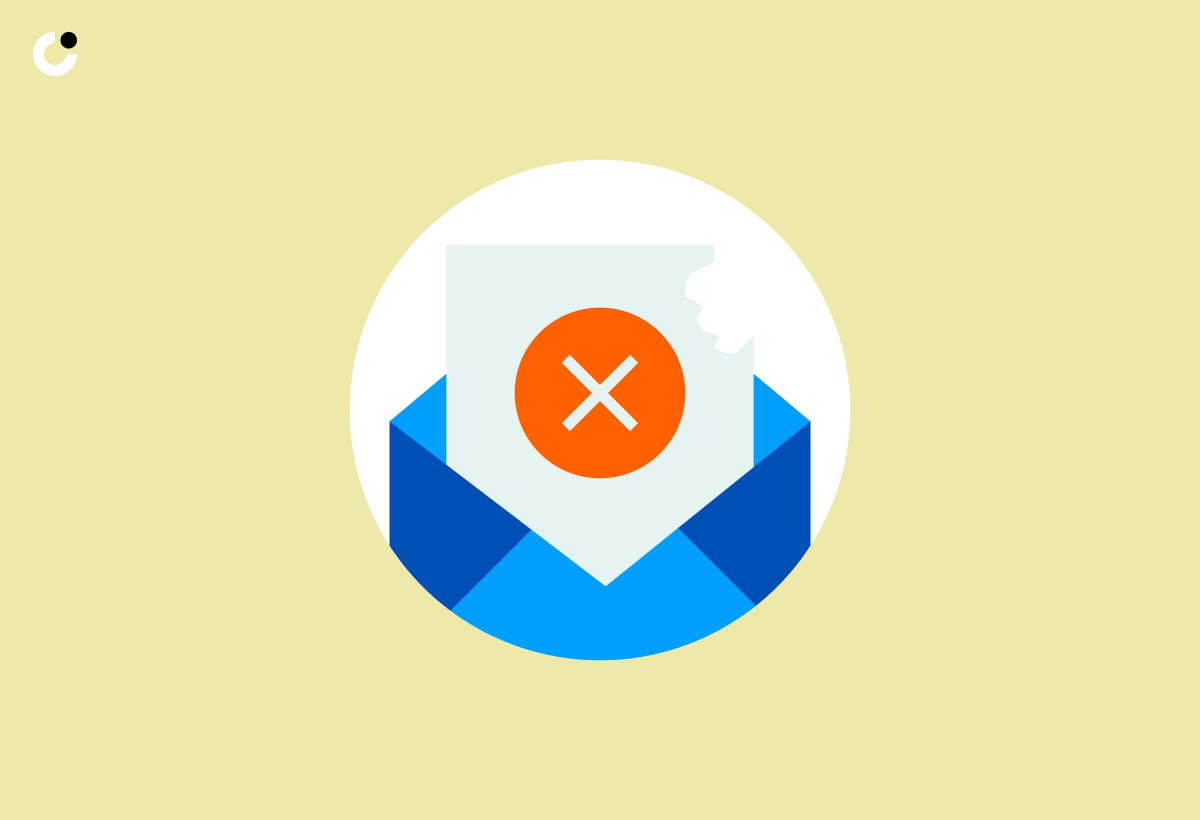Cold emailing is an art form that requires finesse and attention to detail. With countless businesses vying for the attention of potential clients, it’s crucial to stand out from the noise. How can you learn to craft effective cold emails that resonate with your target audience? By analyzing the worst cold email examples and understanding where they went wrong, you can refine your strategy and avoid making the same mistakes.
In this blog post, we’ll dissect the anatomy of the worst cold email, discuss common blunders, and explore how to turn a bad cold email into a winning one. By understanding the importance of personalization, strong subject lines, clear calls to action, and valuable content tailored to the recipient’s needs, you’ll be well on your way to crafting compelling cold emails that get results.
Key Takeaways
- Avoid generic greetings and lack of personalization in cold emails for successful outreach efforts.
- Identify common blunders such as hard selling, irrelevant content, and poor formatting to refine your strategy.
- Utilize social proof, personalized calls to action with valuable content tailored to the recipient’s needs for a winning email campaign.
The Anatomy of a Terrible Cold Email
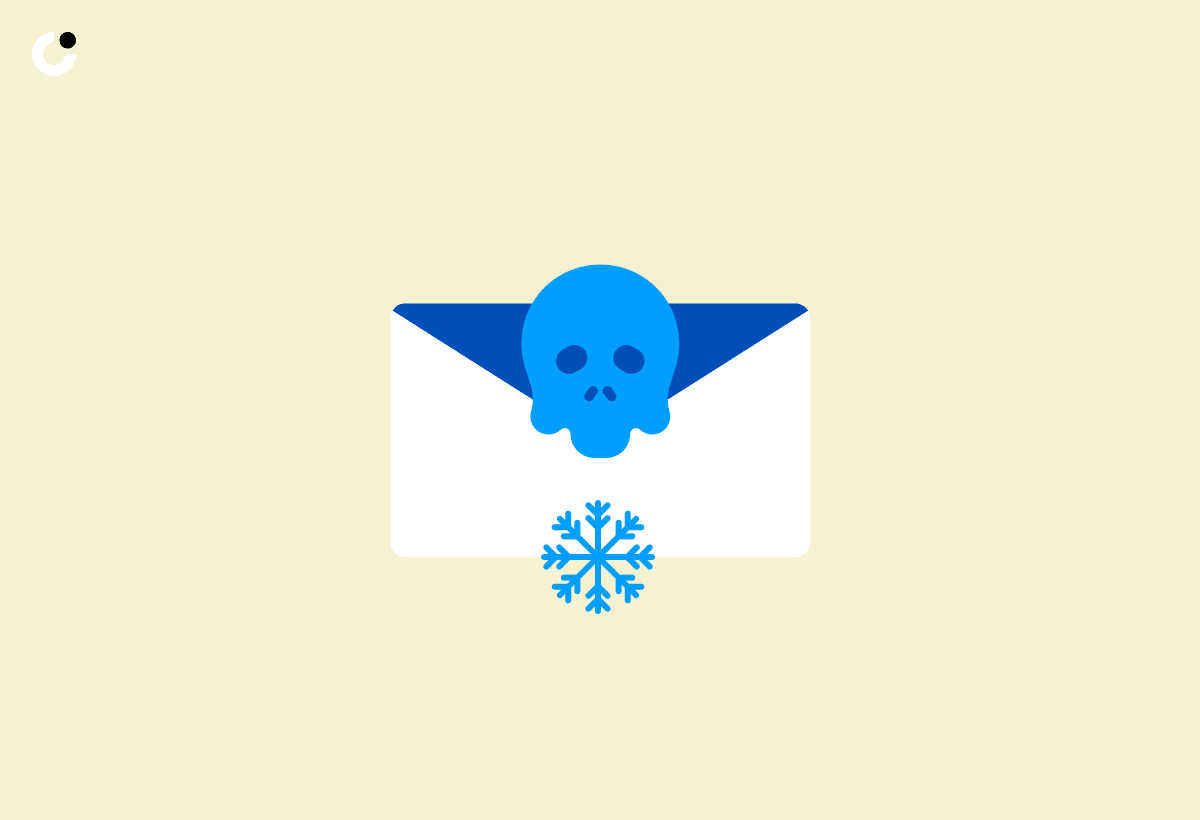
What distinguishes a cold email as truly terrible? Absence of personalization, weak subject lines, and irrelevant content often characterize ineffective cold emails. Recognizing these components is a key step in improving your outreach efforts and preventing the same mistakes.
We will discuss specific aspects such as generic greetings, lack of personalization, and weak subject lines, which contribute to a terrible cold email. Gaining insights into these shortcomings will enable you to enhance your cold email strategy and likelihood of success.
Generic Greetings

One of the most disliked aspects of cold emailing is the use of generic greetings, especially when the recipient’s name is readily available through mail addresses. Generic greetings fail to establish a connection with the recipient and can give the impression that you haven’t taken the time to research your prospects. Instead, use their name to create a rapport and personalize the e mail.
For instance, rather than opening with “Dear Sir/Mam,” try “Greetings [Name], I hope this message finds you well”. This simple and direct approach shows that you’ve taken the time to address the recipient personally, increasing the likelihood of capturing their attention and making a positive impression. It’s totally fine to use this method to create a more engaging and personalized experience.
Lack of Personalization

Personalizing your cold emails is key to engaging recipients and demonstrating sincere interest in their needs. Research has demonstrated that personalized cold emails are more likely to be opened and converted, with personalized subject lines boasting a 50% higher open rate. The opening line of the email also plays a crucial role in capturing the recipient’s attention.
When sending a cold email as a freelance writer for a job or a sales email, for example, writing cold emails effectively requires you to highlight your industry knowledge and provide applicable writing samples. This tailored approach demonstrates that you’ve taken the time to understand the recipient’s business and are genuinely interested in offering value.
Weak Subject Lines

The subject line of a cold email significantly influences whether the email is opened. Weak subject lines can have a detrimental effect on open rates, as they may not compel or intrigue recipients to read the email. Subject lines that fail to communicate the value or relevance of the email, or do not include the recipient’s business name, may be disregarded as irrelevant or unimportant.
To craft captivating and effective cold email subject lines, include:
- Personalization
- Brevity
- Interest
- Worth
- Curiosity
- Urgency
By doing so, you’ll increase the likelihood of grabbing the recipient’s attention and enticing them to open your email, thus improving your chances of a successful cold email campaign.
The Most Common Cold Email Blunders
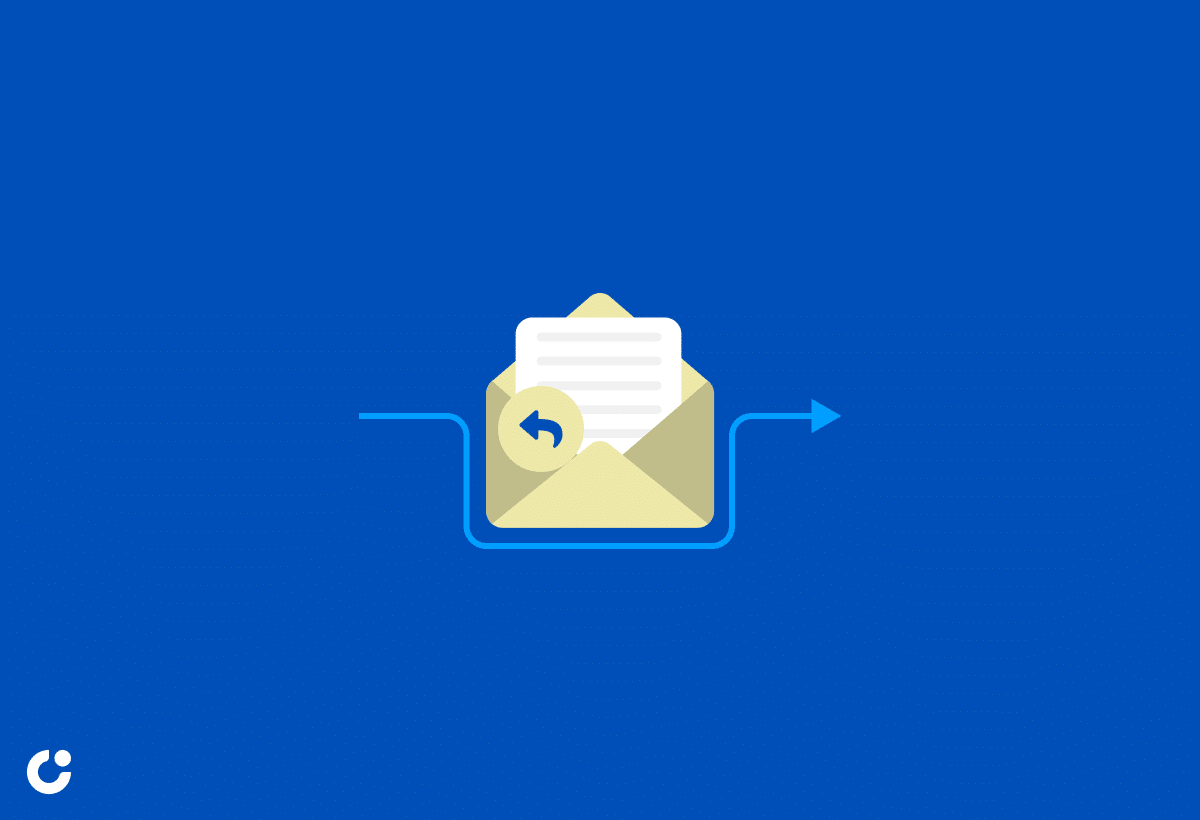
Beyond the anatomy of terrible cold emails, other common mistakes can also hinder your cold email efforts. These blunders include hard selling, irrelevant content, and poor formatting.
Recognizing and avoiding these pitfalls will allow you to refine your cold email strategy. We will examine these common cold email blunders in more detail and offer guidance on preventing these mistakes in your own outreach efforts.
Hard Selling

Hard selling in cold emails involves using aggressive sales tactics in the initial email. This approach can be off-putting to recipients, as it can appear pushy and intrusive. Instead of bombarding your prospects with a hard sell, focus on building relationships and providing value.
Cold emails should concentrate on:
- Initiating a dialogue
- Creating leads
- Addressing the recipient’s pain points
- Building trust
- Fostering a connection
- Gathering contact details and contact info
By prioritizing these aspects, you’ll be more likely to build trust and foster a connection that could eventually lead to a successful sale in a person’s business.
Irrelevant Content
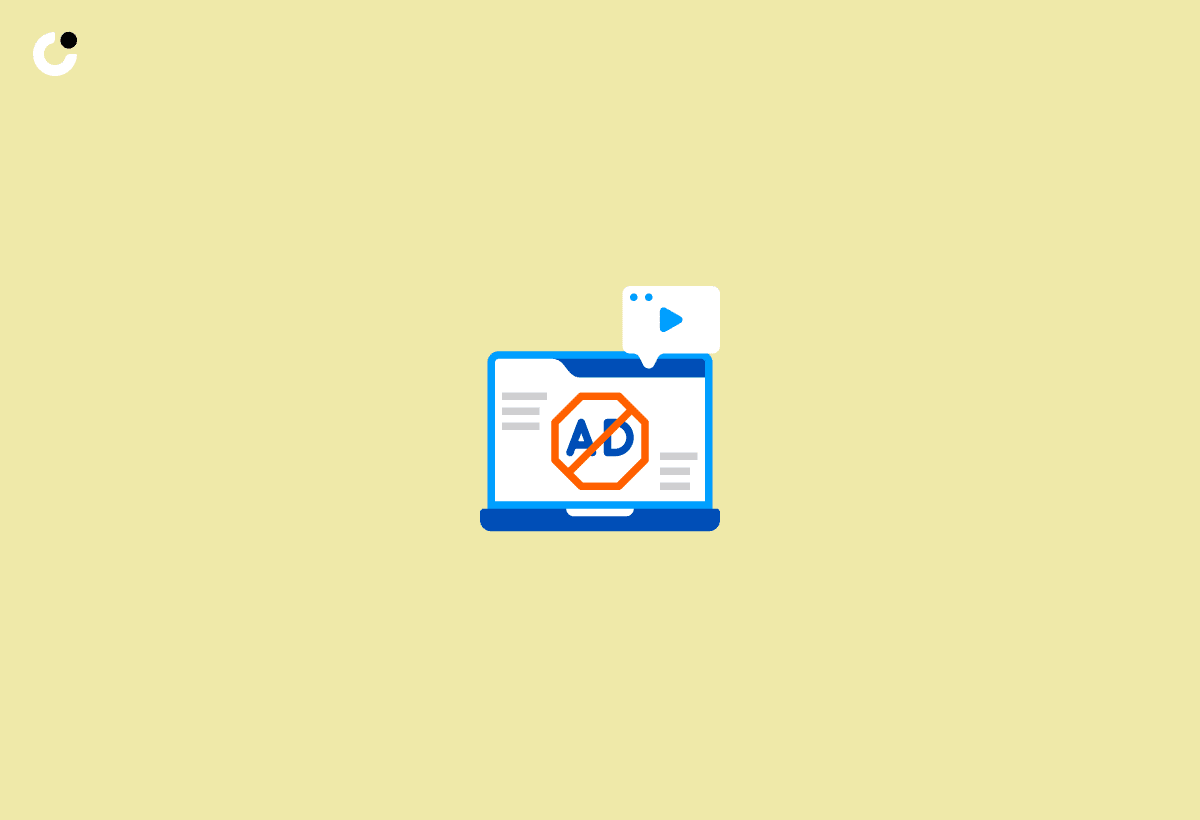
Irrelevant content in cold emails refers to any information that is not pertinent to the recipient’s needs or interests. Including such content can lead to disinterest and deletion, as recipients are likely to disregard emails that don’t address their specific requirements or concerns.
To ensure your message resonates with your target audience, tailor your cold email to the recipient’s needs and interests. By doing so, you’ll increase the likelihood of engagement and conversions, while also demonstrating that you’ve taken the time to understand the recipient’s business and industry.
Poor Formatting

Poor formatting can make a cold email difficult to read and unprofessional, resulting in diminished engagement and unfavorable impressions. To avoid these pitfalls, it’s essential to use a clean and simple format that enhances readability and presents your message in an organized manner.
Adhering to proper formatting in cold emails is essential, as it can increase the readability and engagement of the email. Utilize a single font size and color, and italicize or bold particular points to emphasize them. By following these guidelines, you’ll create a more professional and visually appealing email that is more likely to capture the recipient’s attention.
The Role of Call to Action in Cold Emails

A clear and compelling call to action (CTA) in cold emails guides the recipient towards the desired outcome and captures the reader’s attention. Without a strong CTA, recipients may be left unsure of what action they should take, leading to confusion and a decreased likelihood of a positive response.
When crafting your cold email, be sure to include a clear and direct CTA that suggests a specific action for the recipient to take, such as downloading an ebook, clicking a link, or scheduling a meeting. By providing a clear path for the recipient to follow, you’ll increase the likelihood of engagement and conversions.
The Importance of Proper Follow-Ups

Proper follow-ups in cold email campaigns can significantly increase engagement and conversion rates. However, it’s crucial to avoid aggressive or repetitive follow-up messages, as these can be off-putting to recipients and may lead to decreased response rates.
To maximize the effectiveness of your follow-ups, consider employing strategies such as understanding the buyer’s persona, utilizing persuasive language, and demonstrating value. By focusing on these key aspects, you can create compelling follow-up emails that resonate with your target audience and improve your chances of success.
Learning from Real-Life Worst Cold Email Examples
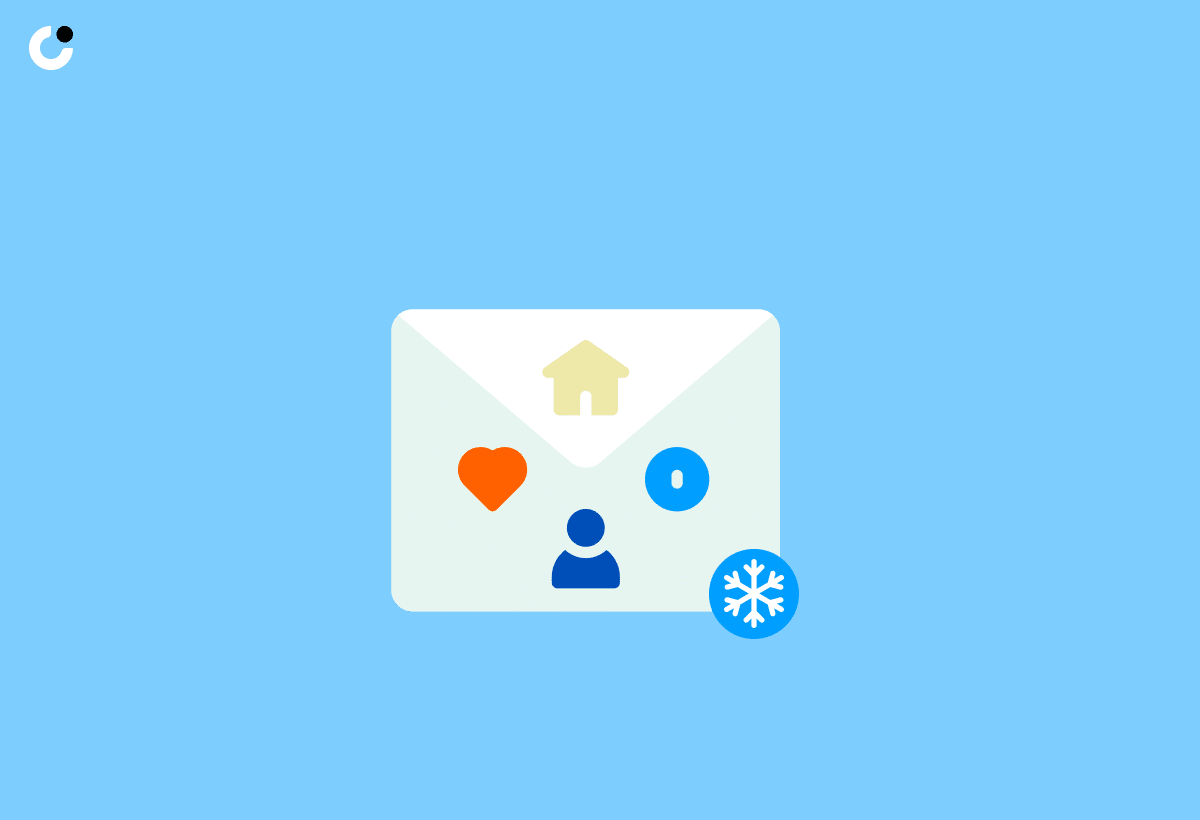
Examining real-life examples of the worst cold emails can be an insightful exercise, helping you identify common mistakes and learn how to refine your own cold email strategy. By understanding where others have gone wrong, you can avoid making the same errors and refine your approach to cold emailing.
From generic greetings and lack of personalization to weak subject lines and irrelevant content, these examples showcase the pitfalls that can lead to unsuccessful cold email campaigns. By learning from these mistakes and implementing the techniques discussed in this blog post, you can transform a bad cold email into a winning one that captures your recipient’s attention and drives results.
The Power of Social Proof in Cold Emails
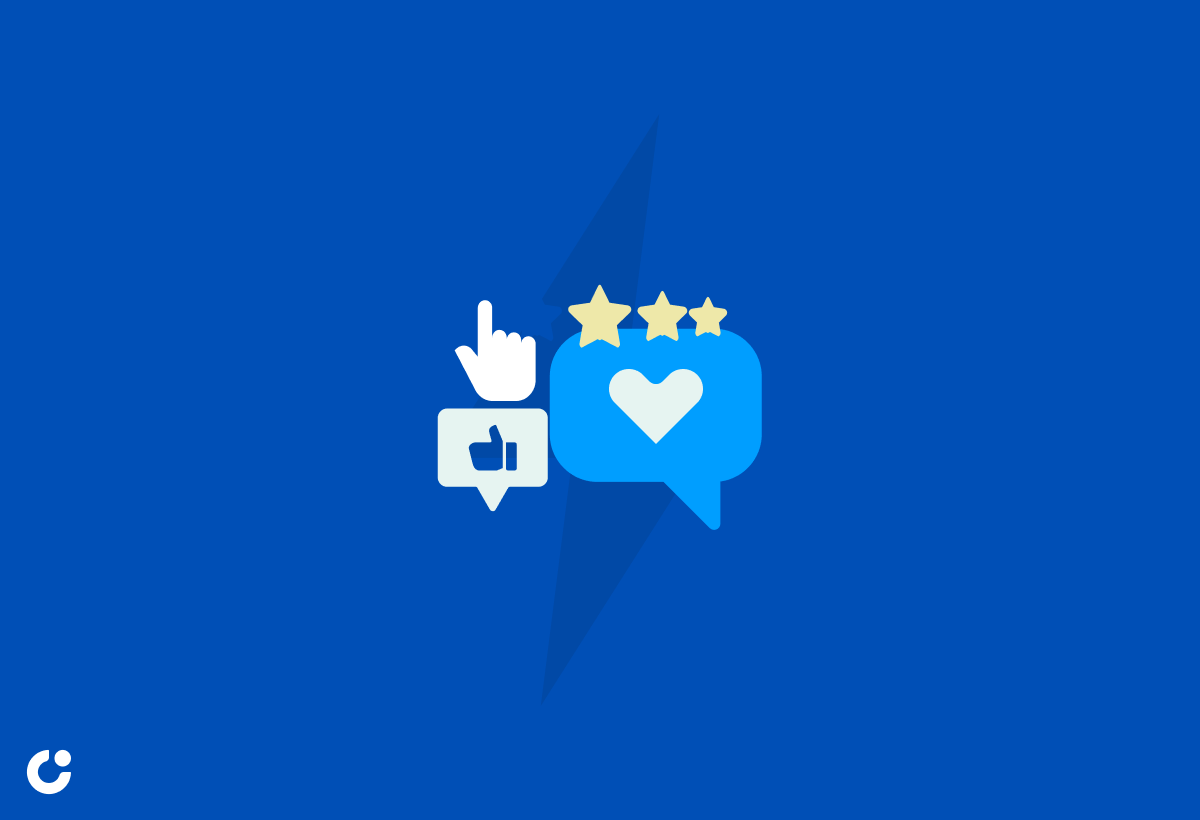
Including social proof in your cold emails can validate your claims and invoke a sense of urgency or fear of missing out (FOMO) in the recipient. Social proof is a psychological phenomenon in which individuals are more likely to take an action if they observe that others have already done so.
Mentioning mutual connections, showcasing professional credentials, and incorporating testimonials or customer reviews are all effective forms of social proof in cold emails. By leveraging social proof, you can foster trust, believability, and appeal in your cold email message, ultimately enhancing its impact on recipients and increasing your chances of success.
How to Turn a Bad Cold Email into a Winning One

You can transform a bad cold email into a successful one by incorporating personalization, strong subject lines, clear calls to action, and valuable content tailored to the recipient’s needs. By focusing on these key components, you can create a compelling cold email that captures the recipient’s attention and drives results.
To ensure optimal results, here are some strategies to follow when crafting cold emails:
- Craft each email as a unique, captivating correspondence tailored to the recipient.
- Incorporate common interests or topics based on research.
- Leverage mail merge tags to insert personalized information.
- Understand the buyer’s persona.
- Use personalized email templates and examples to drive higher reply rates.
By implementing these strategies, you’ll be well on your way to crafting effective cold emails that resonate with your target audience.
Summary
Throughout this blog post, we’ve explored the anatomy of a terrible cold email, discussed common cold email blunders, and provided insights on how to turn a bad cold email into a winning one. By understanding the importance of personalization, strong subject lines, clear calls to action, and valuable content tailored to the recipient’s needs, you can enhance your cold email strategy and achieve better results.
As you continue your journey into the art of cold emailing, remember to learn from the worst cold emails, avoid making the same mistakes, and focus on building relationships and providing value. By doing so, you’ll be well on your way to crafting compelling cold emails that capture your recipient’s attention and drive results.
Frequently Asked Questions
What are the main components of a terrible cold email?
A terrible cold email has no personalization, a weak subject line, and irrelevant content. It also lacks connection with the reader and clear conclusions, making it unappealing and unprofessional.
How can I avoid using generic greetings in my cold emails?
To avoid using generic greetings in cold emails, include the recipient's name in the greeting to create a more personalized and engaging experience. Professional language should also be used and any introduction or summary should be excluded.
What are some common cold email blunders that I should avoid?
Avoid hard-selling, sending irrelevant content, and sloppy formatting in cold emails for best results.
How can I use social proof in my cold emails to improve their effectiveness?
Mention mutual connections, professional credentials, and customer reviews to demonstrate social proof in your cold emails. This will help make a stronger connection with the reader and enhance the effectiveness of your message.
What are some strategies for turning a bad cold email into a winning one?
Personalize your emails, craft an eye-catching subject line, include a clear call to action, and provide relevant content to the reader in order to create an effective cold email.

